Summer was about to end (and classes soon to begin) and I didn’t want to end this window of opportunity without satisfying my yearning to visit some place new and far away. It just so happened that my billiard pals Alexander “Alex” Ong and Gilberto “Gil” Bilog were planning a trip to Beijing (People’s Republic of China) and I decided to join them. Joining us were my son Jandy and Ms. Corazon “Azon” Varias (Gil’s sister-in-law) with her son Gibson Santos. Alex was accompanied by his wife Chona and his mother Carmen but Gil was all by his lonesome.
Our trip required us to get a one-time visa (processed by our travel agent after submission of requirements, no interview needed) and NBI clearance (a first for me and Jandy). Our tour package included, aside from plane fare and hotel accommodation, all our tours and meals. Weather in Beijing, according to internet weather reports, was now sunny and bright, Beijing’s very cold winter just having ended.
We all left Manila’s NAIA Terminal II very early in the morning via the 7:20 AM Philippine Airlines flight. The trip from Manila to Beijing took all of 4.5 hours and we arrived at Beijing Capital International Airport (BCIA), the world’s second busiest airport (in terms of passenger throughput), by noon. At the airport, we were welcomed by our Chinese tour guide, the diminutive but affable Ms. Brittany Jiang.
Instead of checking ourselves into our hotels as was usually the case, we were, instead, slated to start our first tour: the Temple of Heaven (a UNESCO World Heritage Site). But, before anything else, we had a late buffet lunch of authentic Chinese and Cantonese delicacies at the Sunshine Café at the ground floor of the 9-storey, 3-star He Ping Li Hotel Beijing near the Beijing International Exhibition Center. The 23-km. trip from the airport to the hotel, via our tourist shuttle, took all of 35 mins.
He Ping Li Hotel Beijing: No. 16 He Ping Li North Street,Dongcheng District, Beijing, People’s Republic of China.

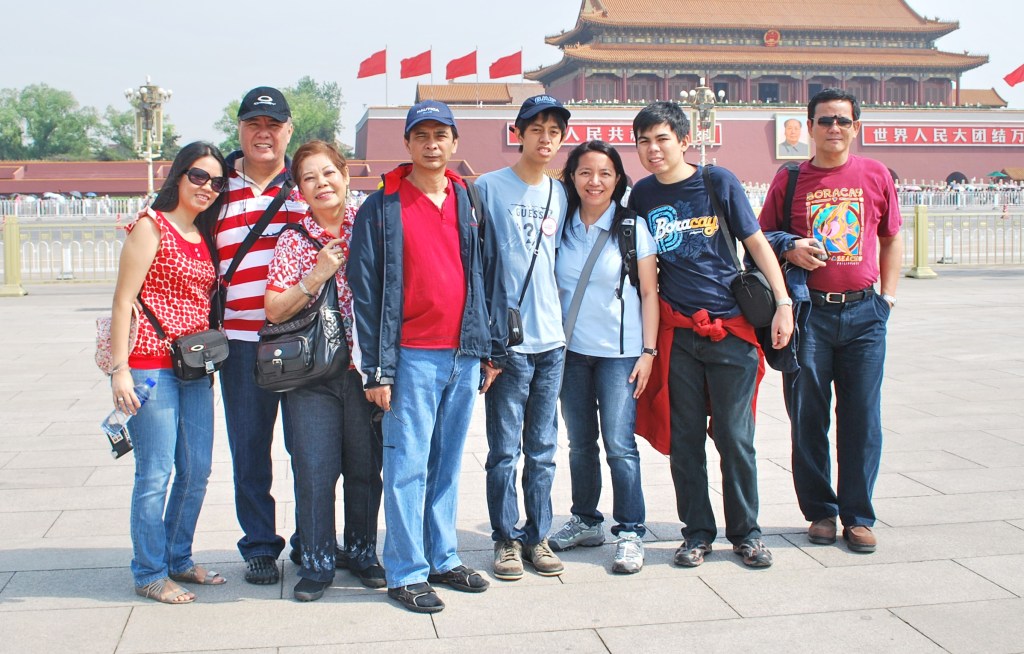




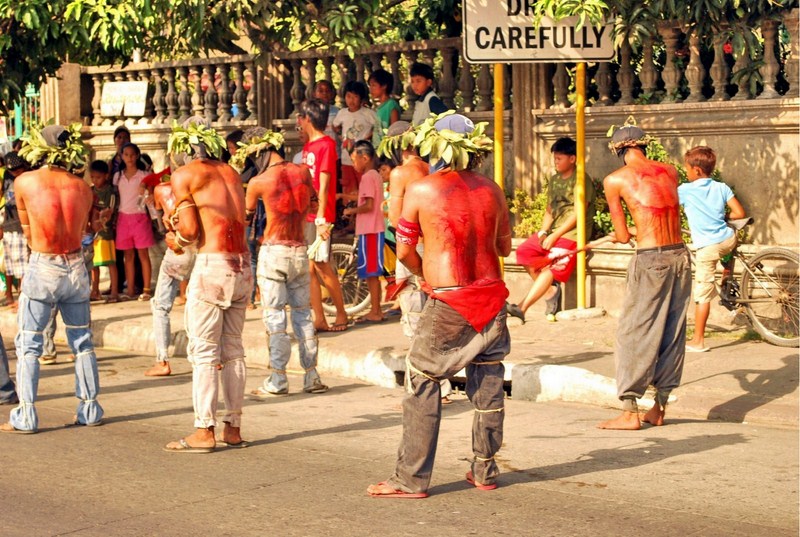
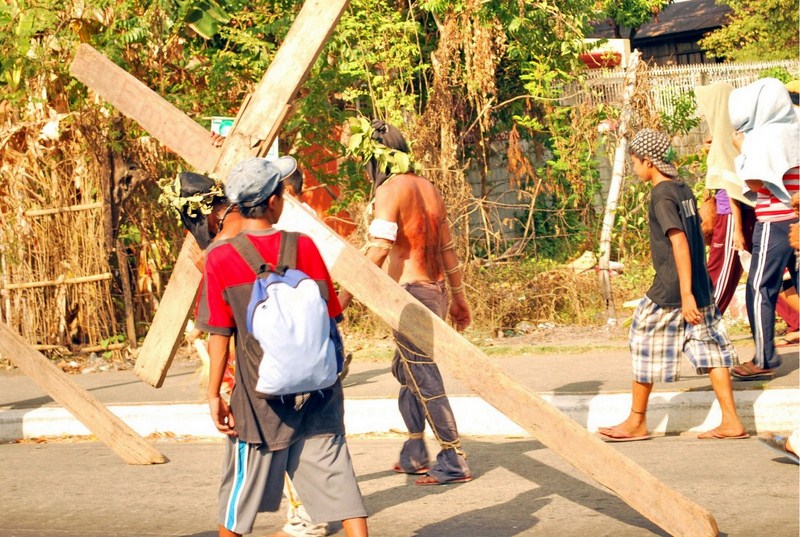



.jpg)
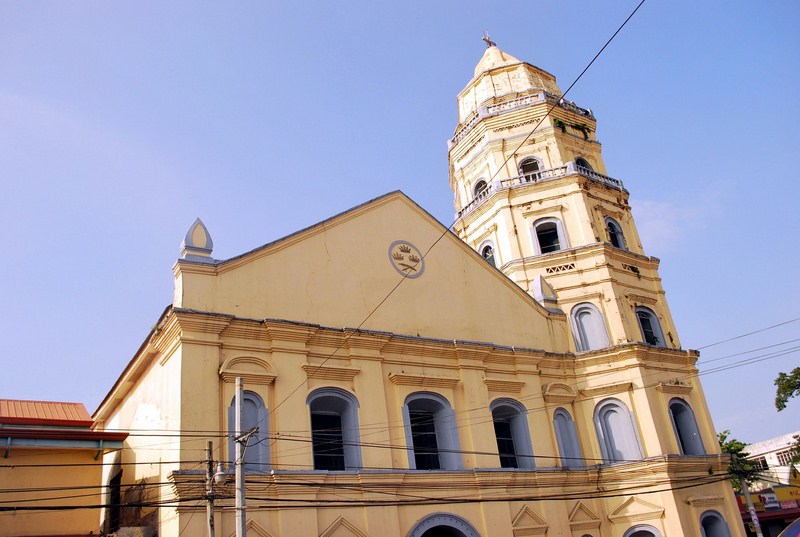



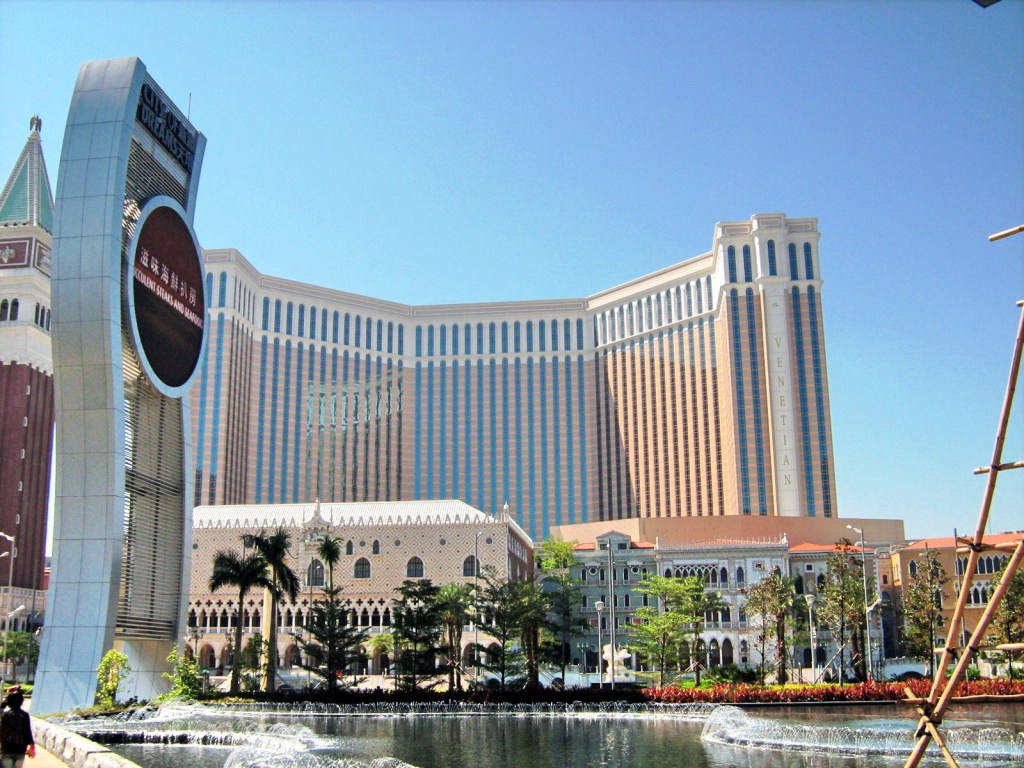
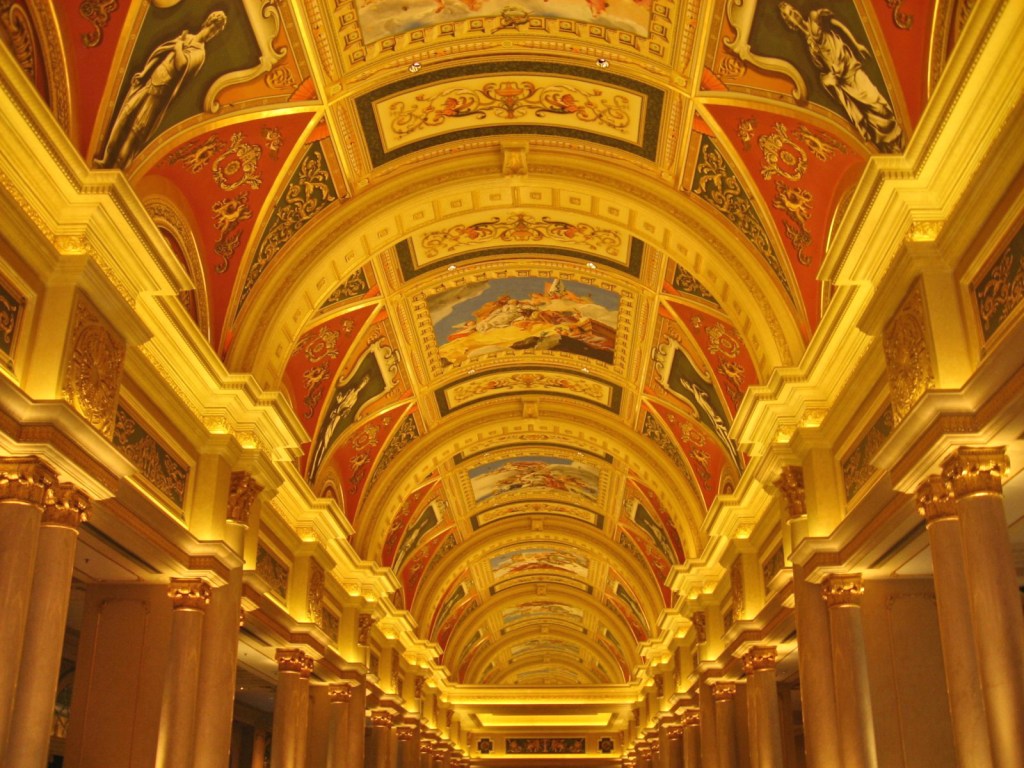
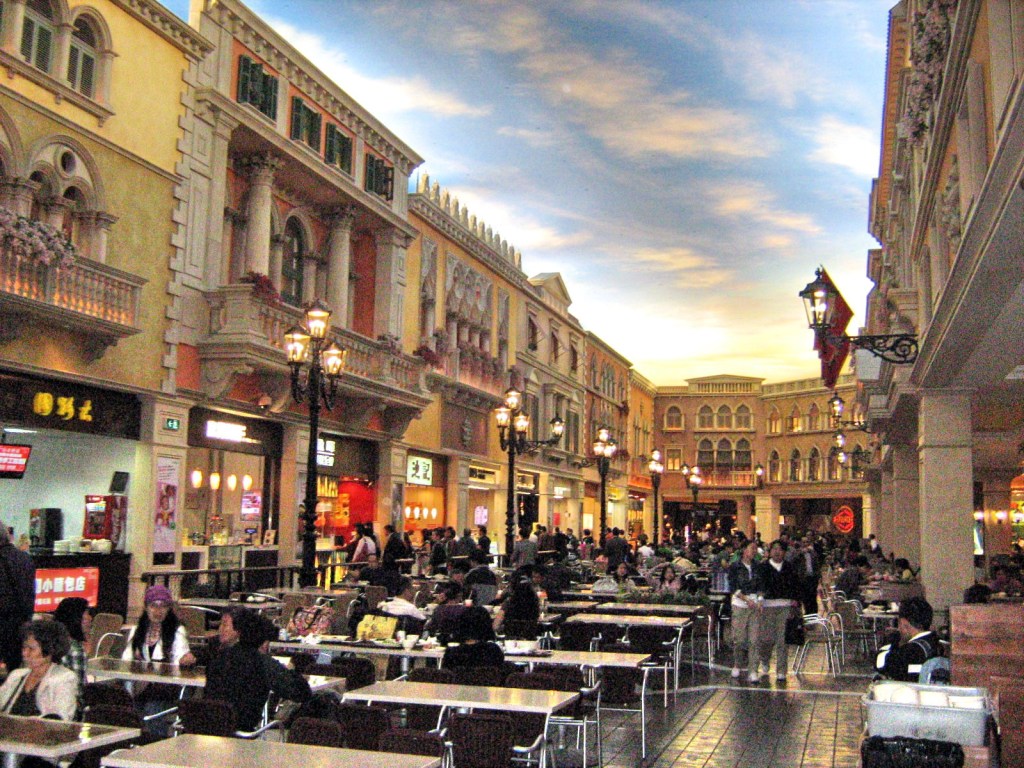






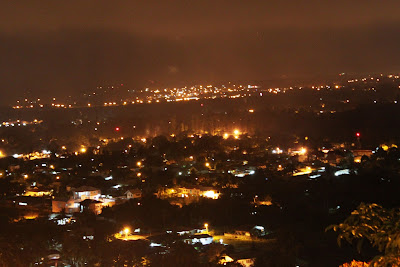



.jpg)

.jpg)
.jpg)
.jpg)

.jpg)
.jpg)






